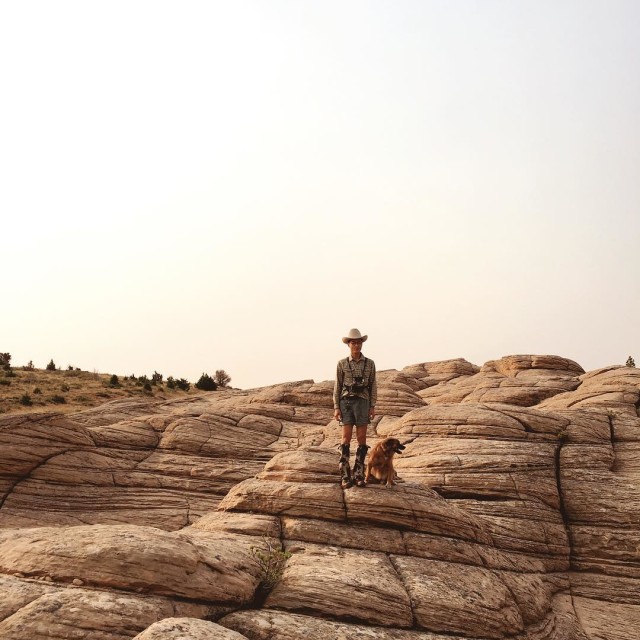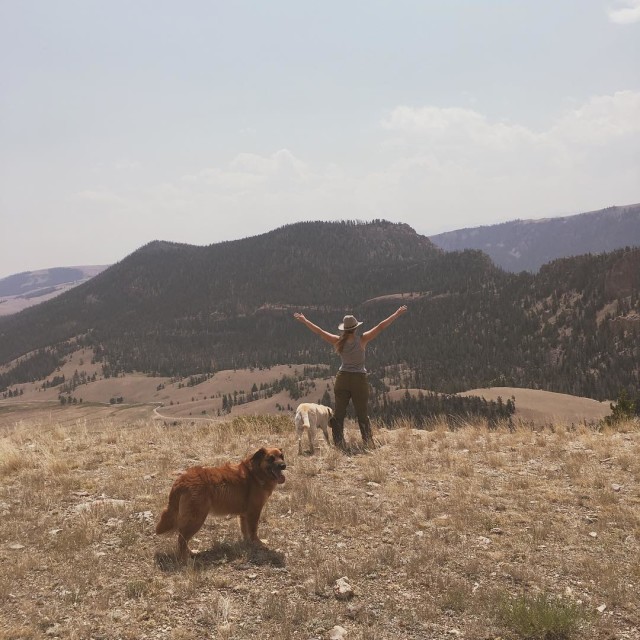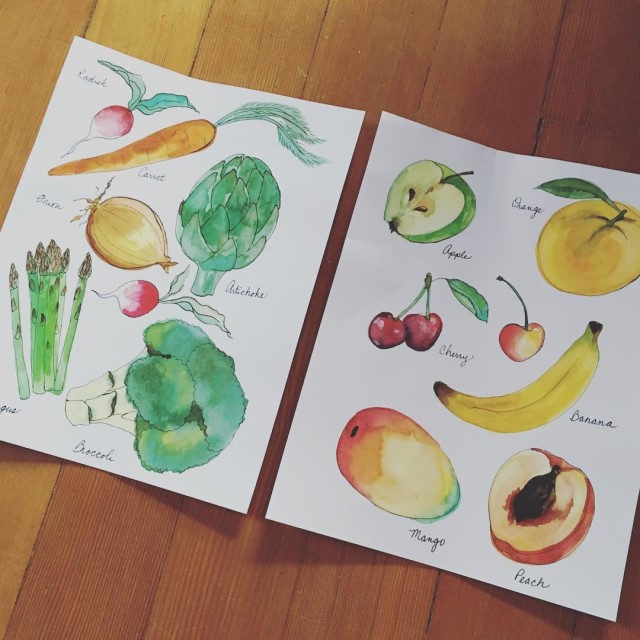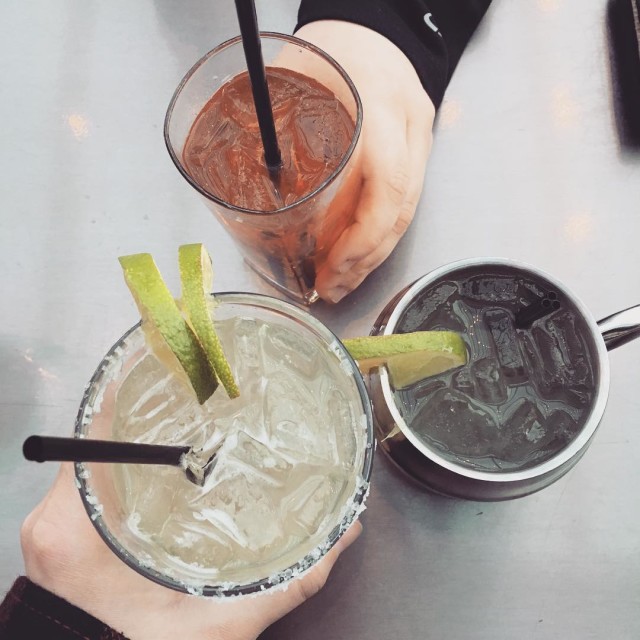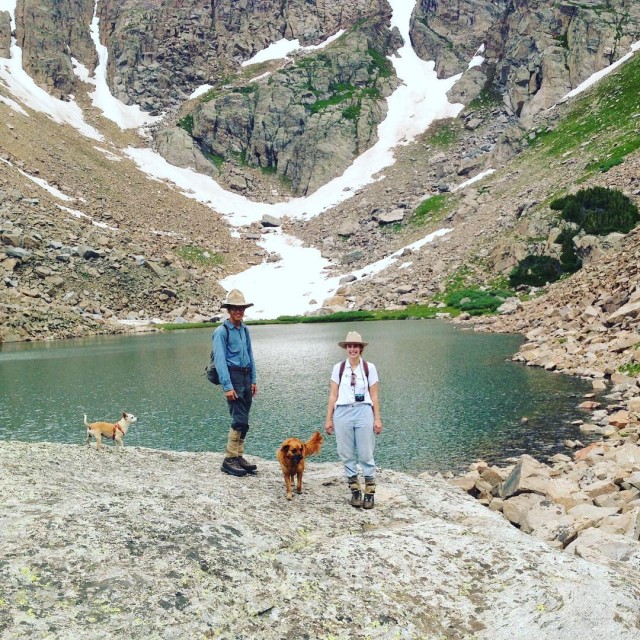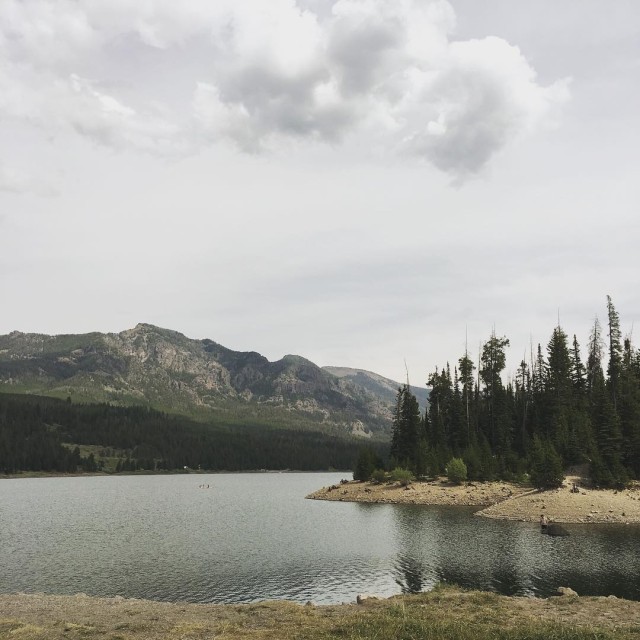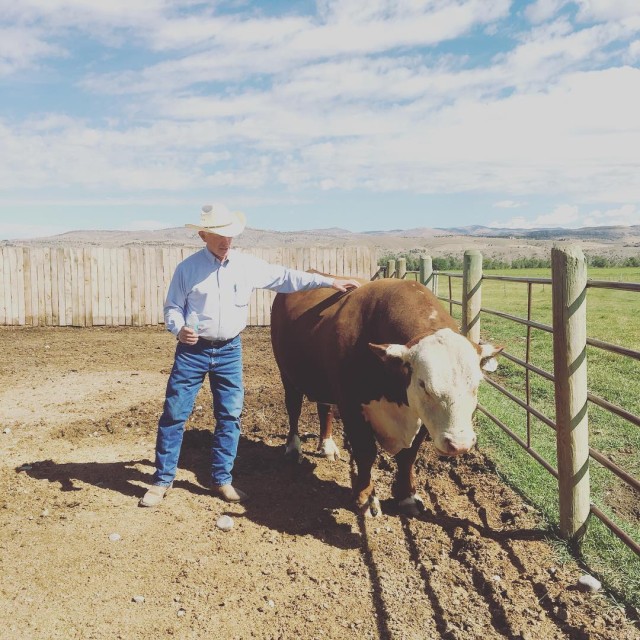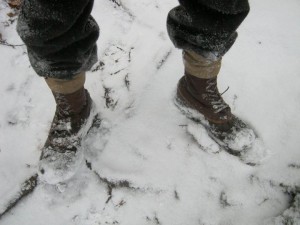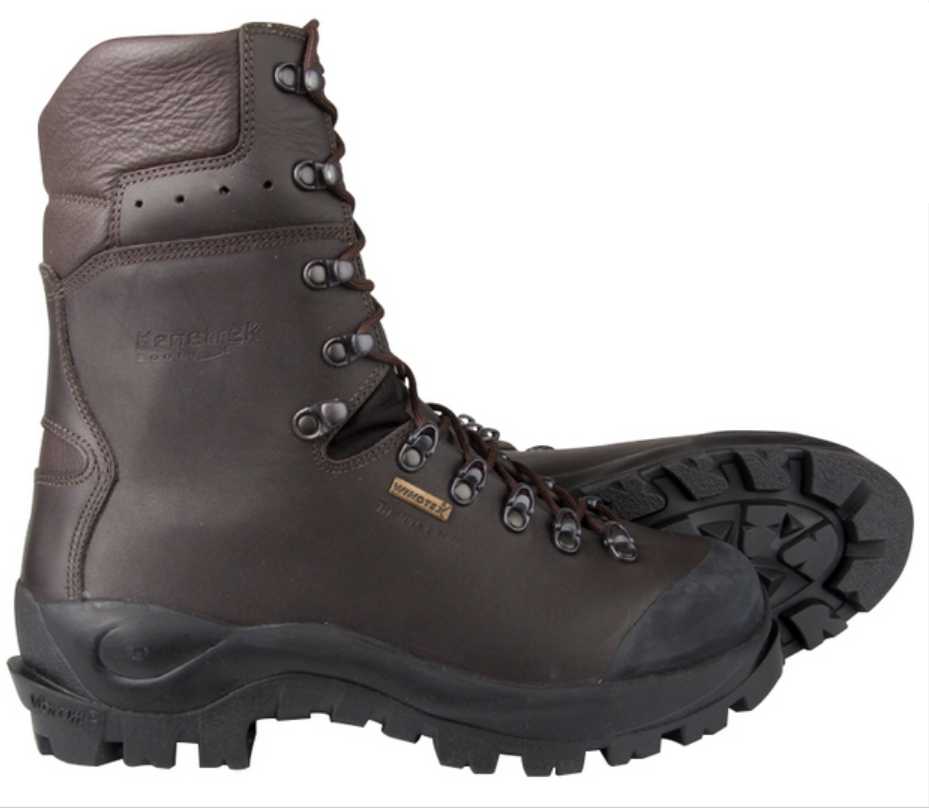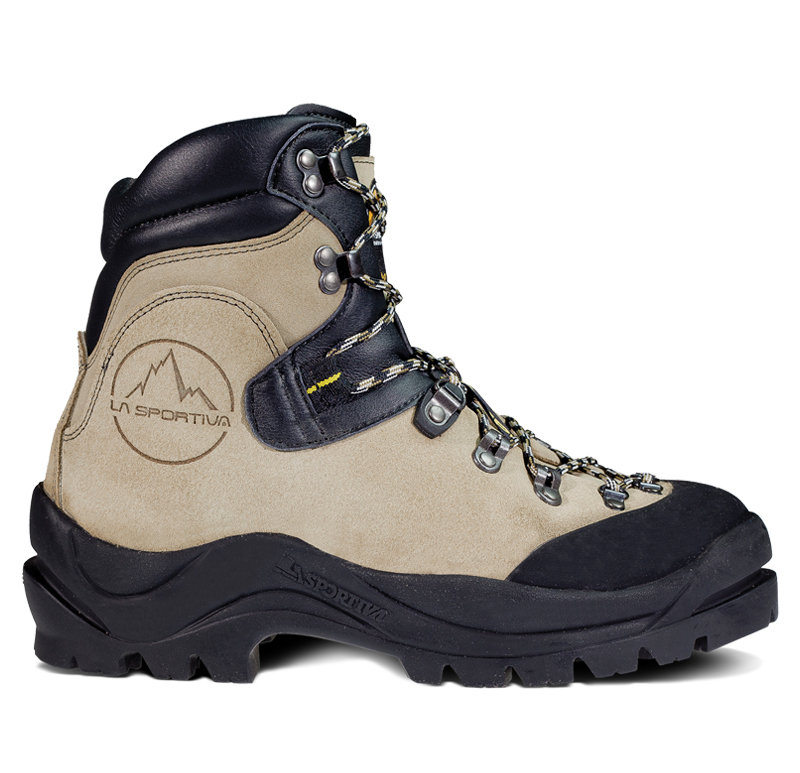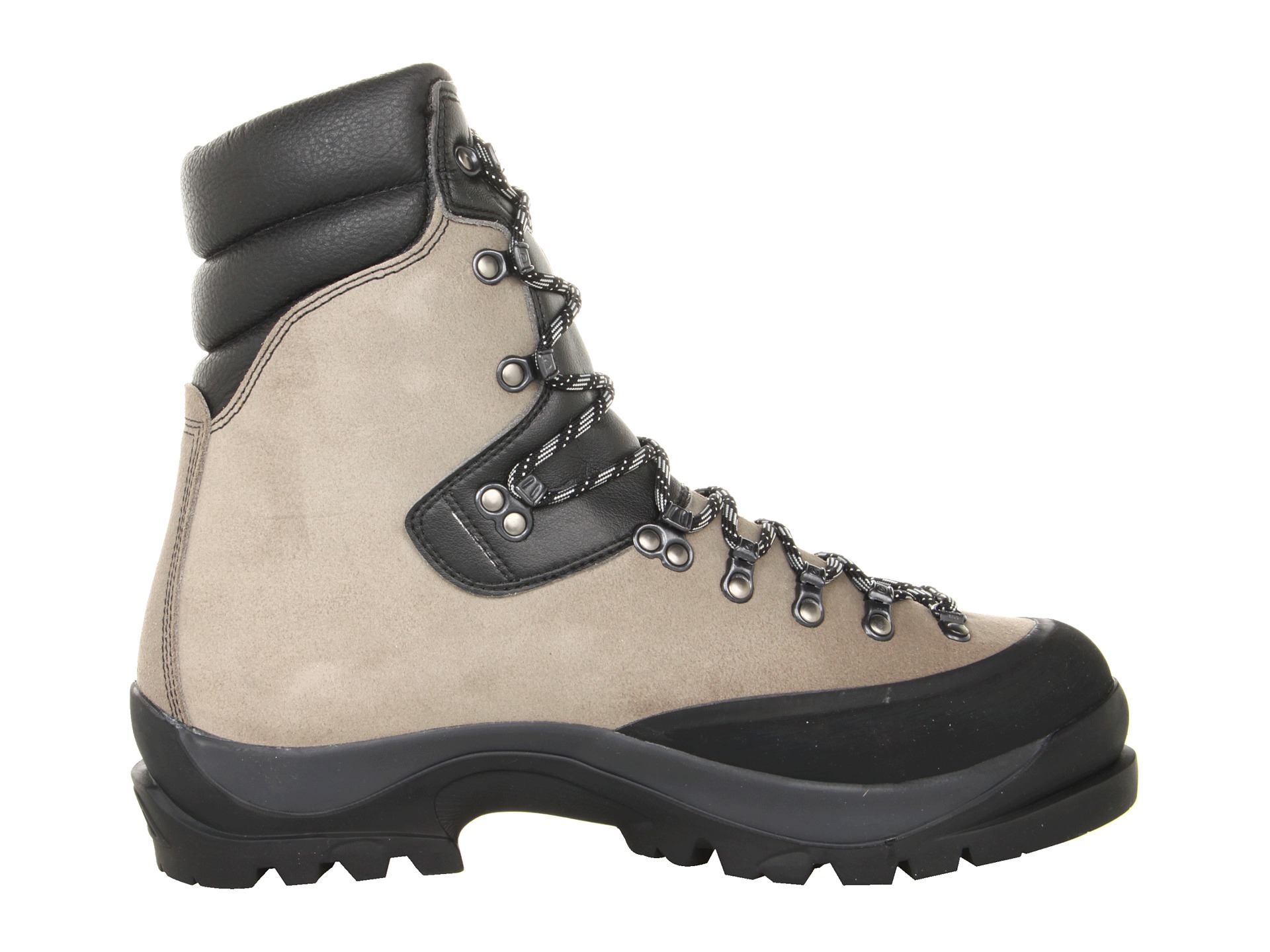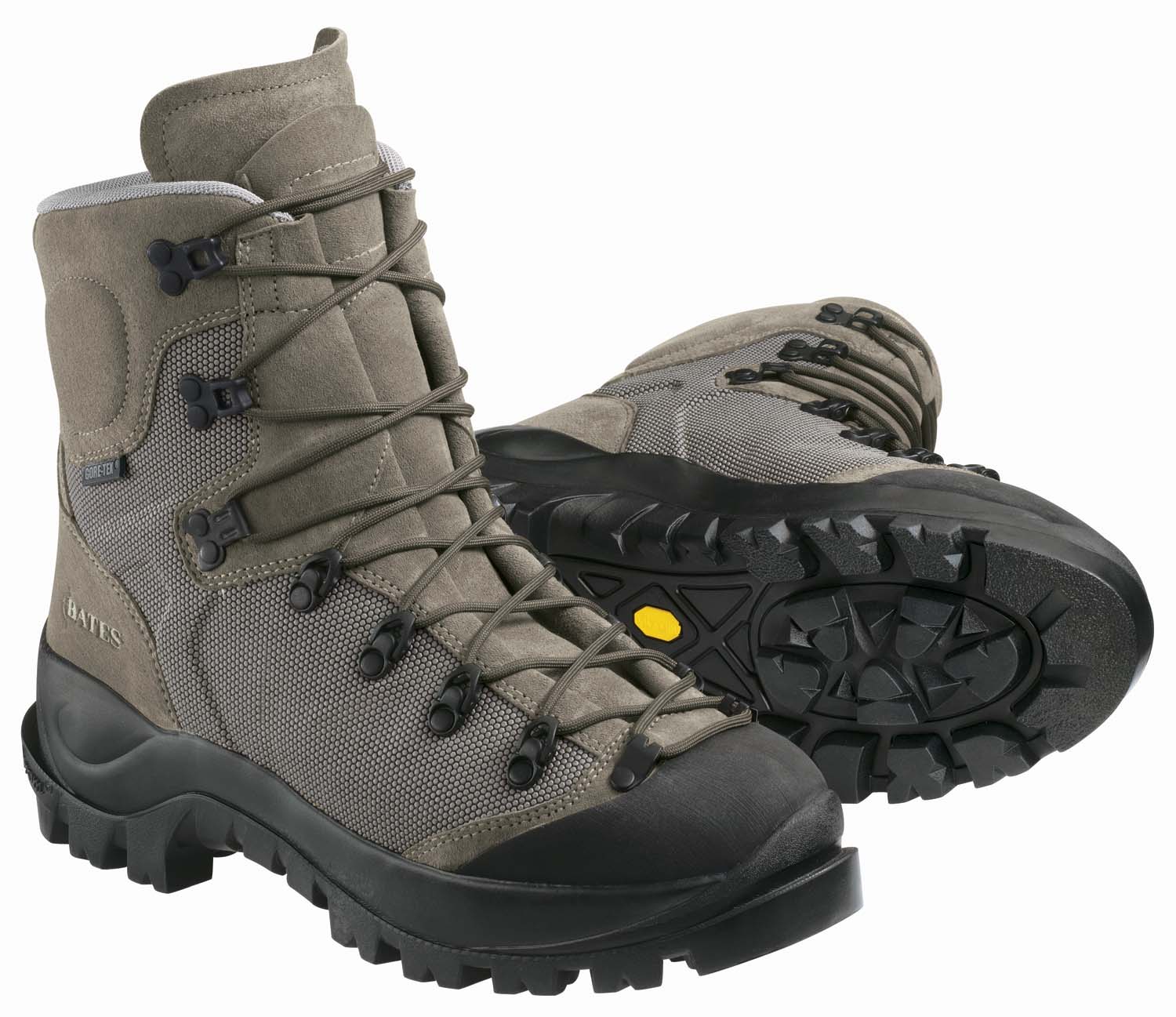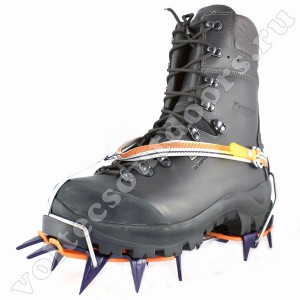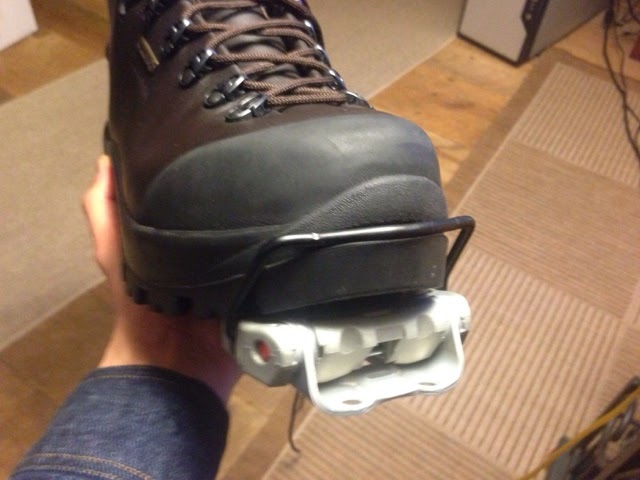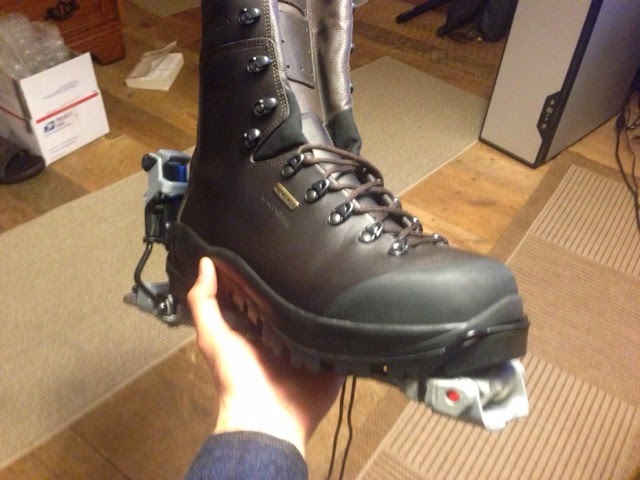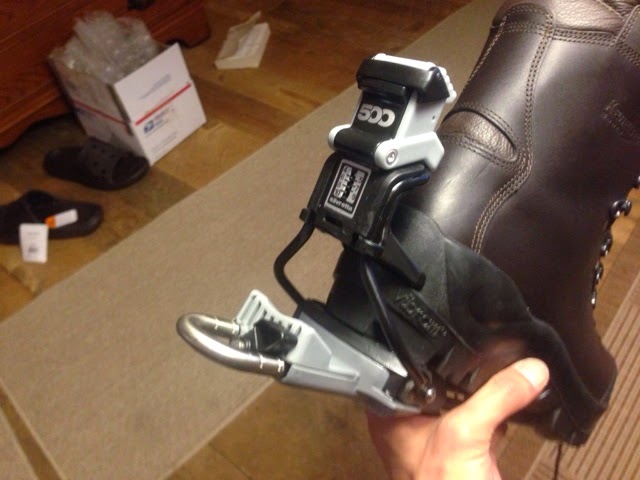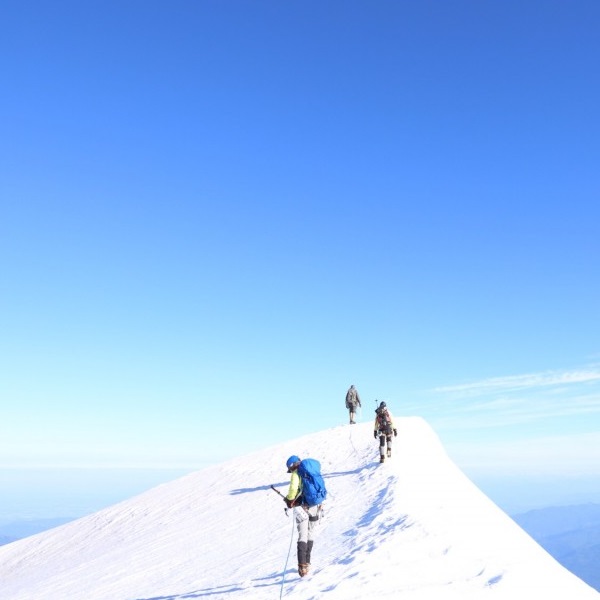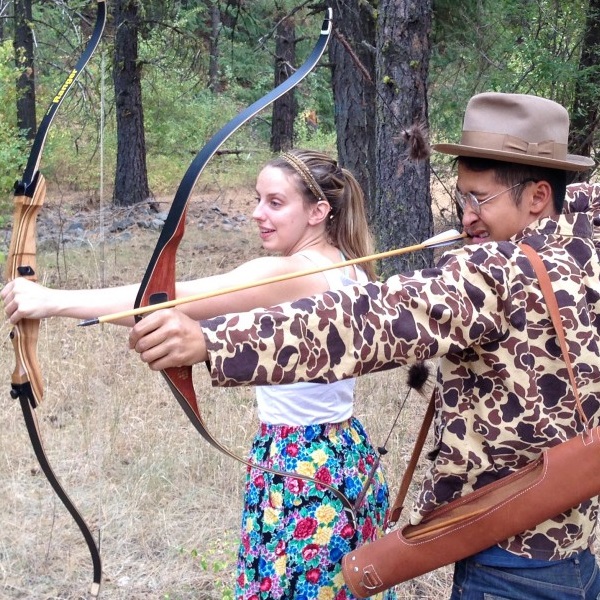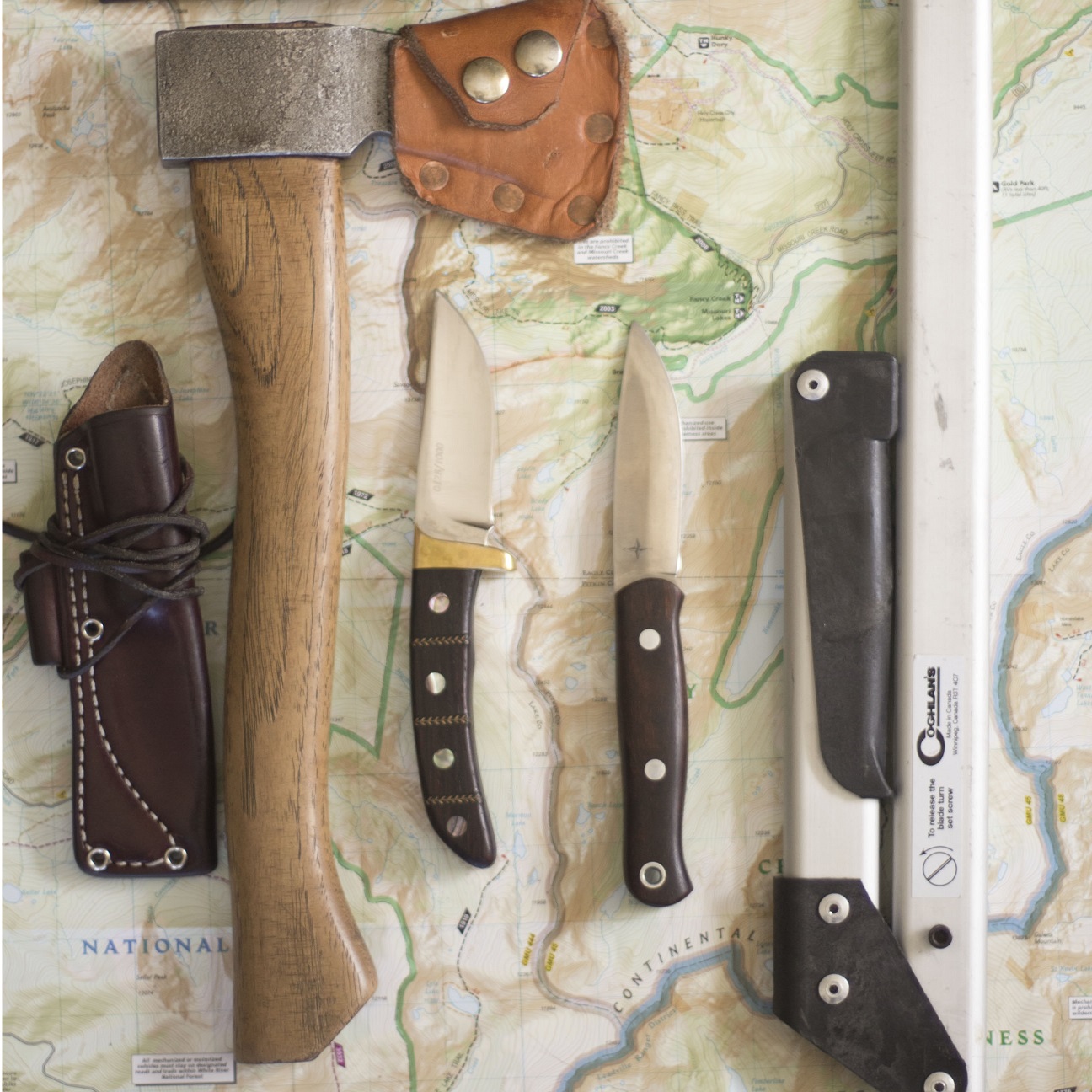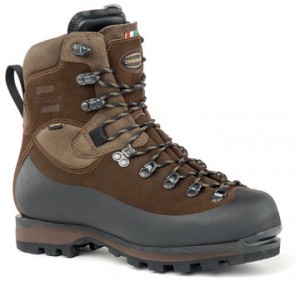 |
| Expert Ibex |
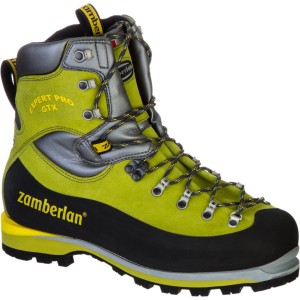 |
| Expert Pro |
A shank is the piece of metal that rest under the arch of the foot. Often times in mountain boots it will extend to the toe to increase the stiffness as mentioned before. The PRO model has a “Duraflex” shank, while the IBEX has the “Pluriflex”, whatever that marketing lingo means.
The Ibex boast a one piece lower, but its made of Perwanger silicone suede. Treated or not, I don’t prefer the material over good full grain. It has the obligatory Goretex, and the Goretex brand Duratherm insulation similar in overall construction to the previously mentioned La Sportiva Nepal Evo, a very standard mountain boot.
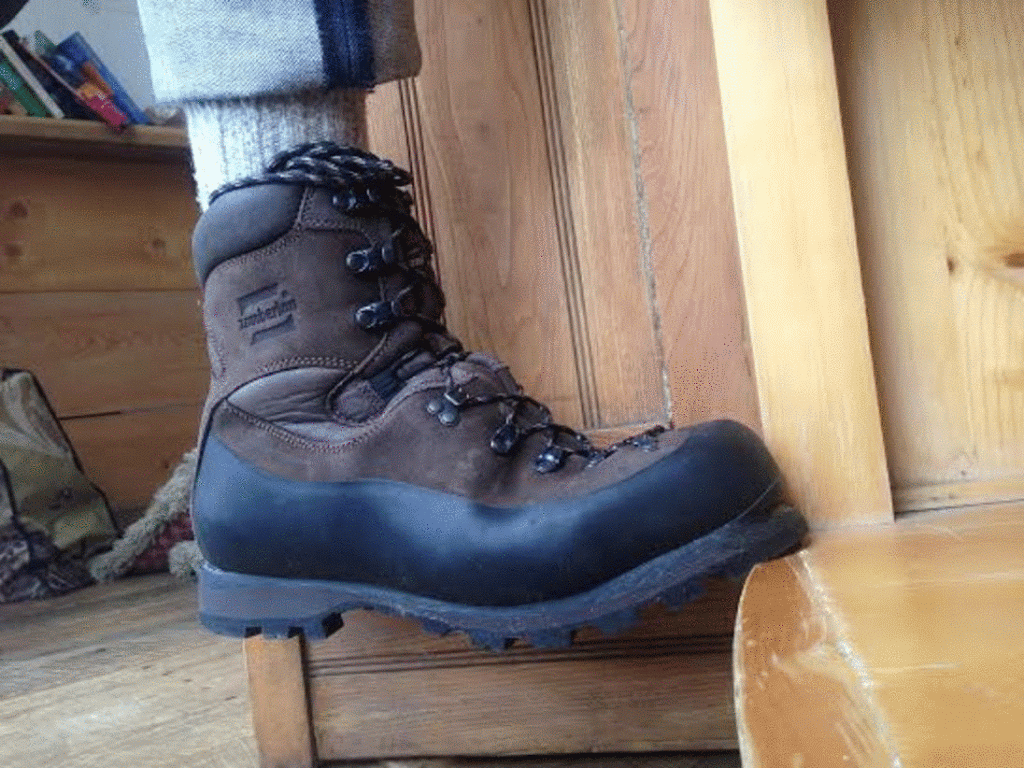
The same two test are conducted. Arm strength however unlike the previous two boots is unable to budge the boot sole into flexing at all. Putting the boot on and standing on an edge, body weight can get a small amount of flex out. Now we are talking, that is a SHANK!
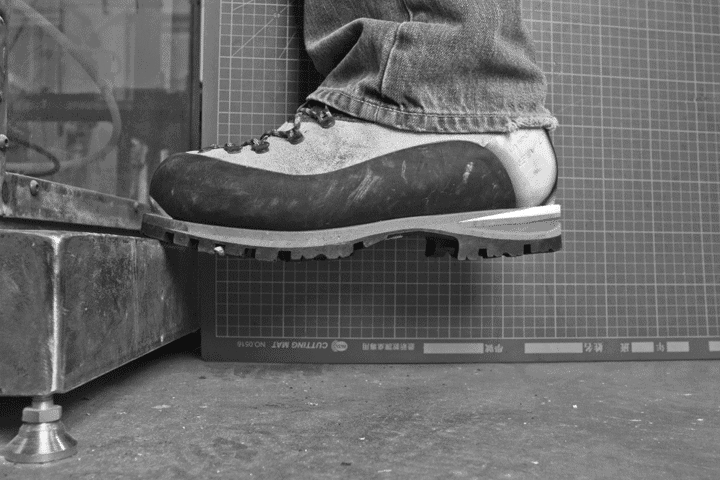 Nepal Evo Flex under 80kg from Black Diamonds crampon tests’ Nepal Evo Flex under 80kg from Black Diamonds crampon tests’ |
I went over to a fellow climber’s house and he happens to posses a pair of Nepal EVO’s and I got to handle the two side by side. Even with body weight I can hardly get any flex out of the EVOs at all. It is most certainly a stiffer more technical boot, but I think I’ll shell the money and stay with the IBEX because I’m tired of trying out brown boots, at-least it would be better on a longer march over rocks and earth.
Crampon and Ski binding fit
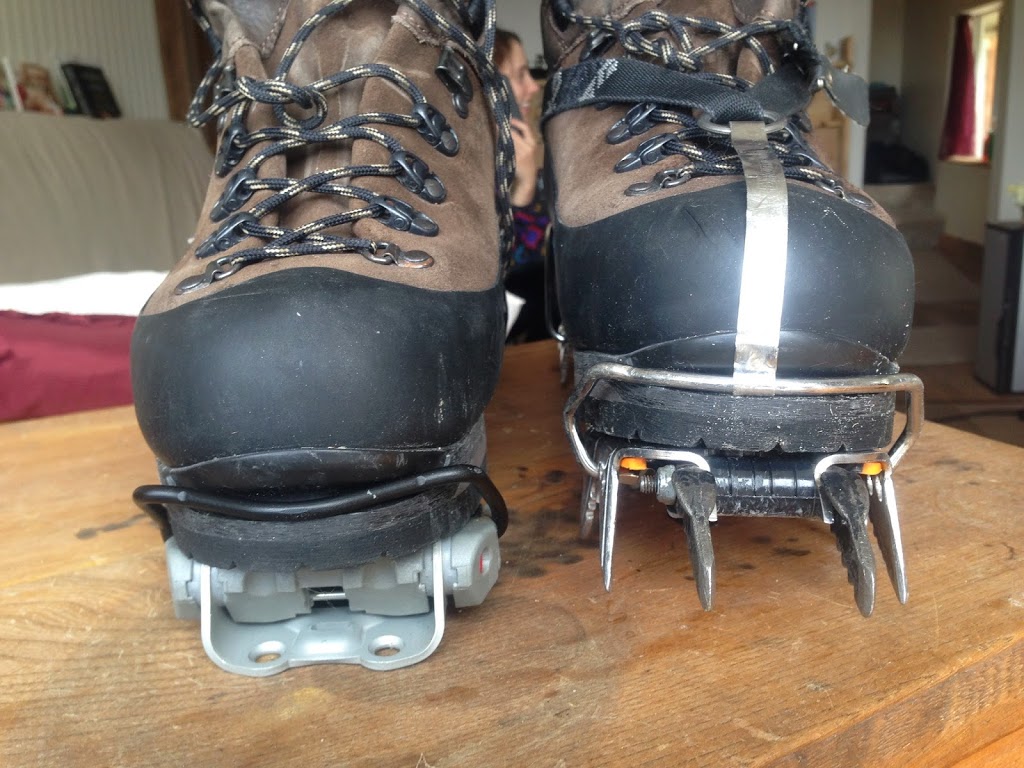
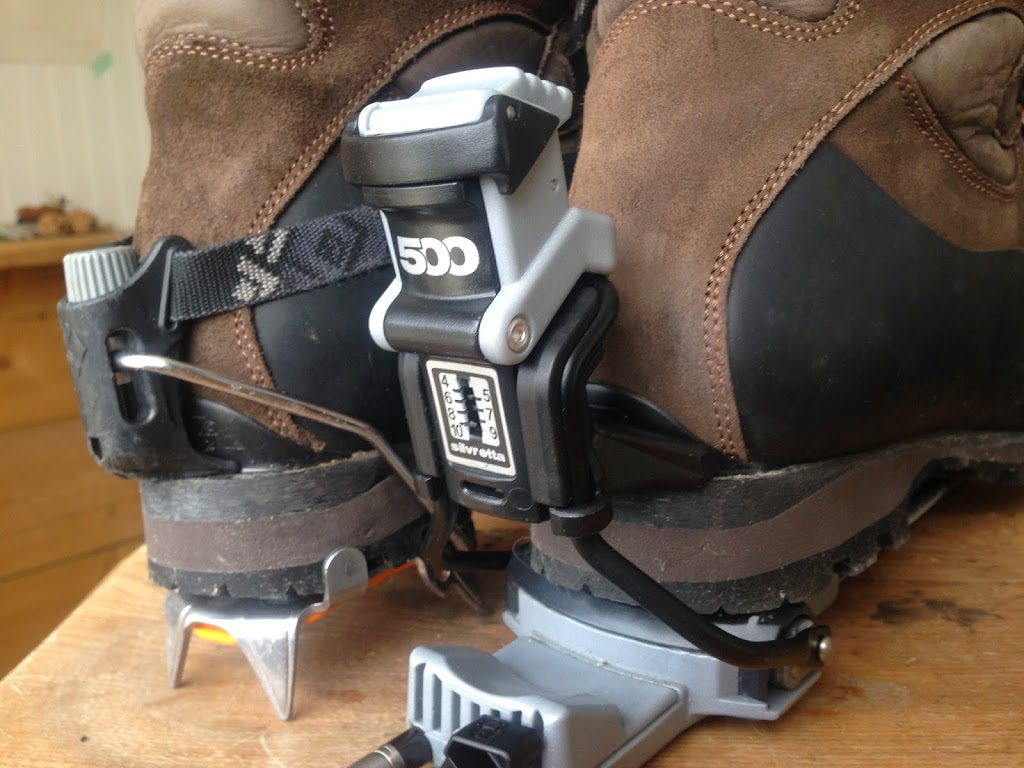
Excellent on all fronts with my current gear. No side to side slip when torqued and pushed.
Field Test
Leading on WI 3- 4, Top roping on WI5!
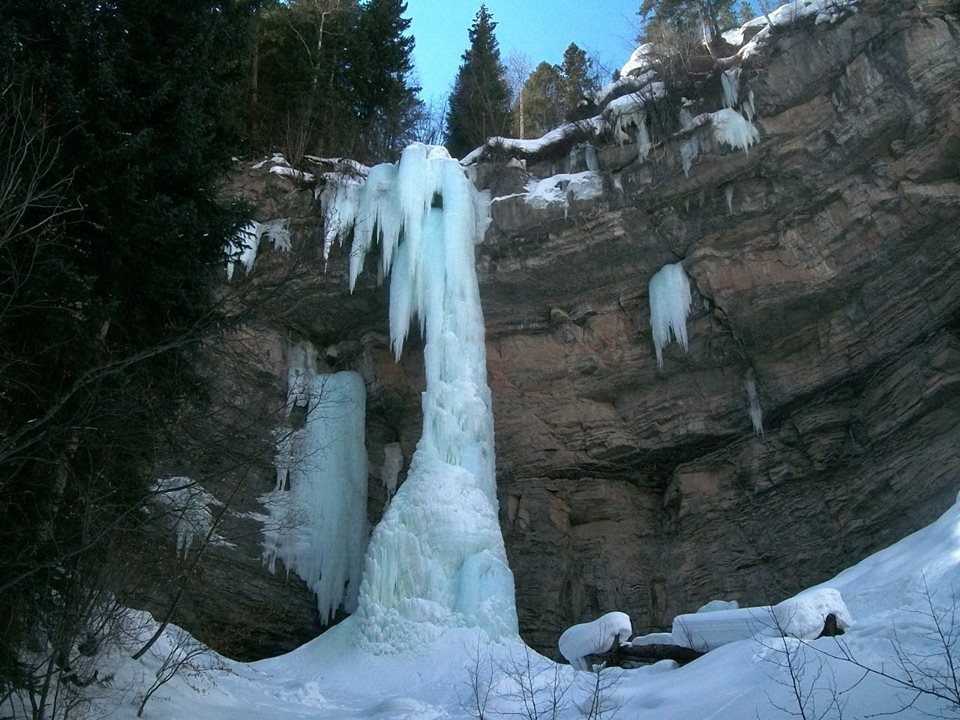 |
| The Fang WI5 at Vail. Didn’t actually climb up the fang. |
Like rock climbing ice has its own classifications of difficulty. WI means Water Ice, usually waterfalls. The falls shown at Chalk Creek near Leadville and up in Vail, CO. WI 3 and 4 indicate steepness, nearing vertical, WI5 indicates a ice feature that is exactly around 90* or even slightly overhanging,
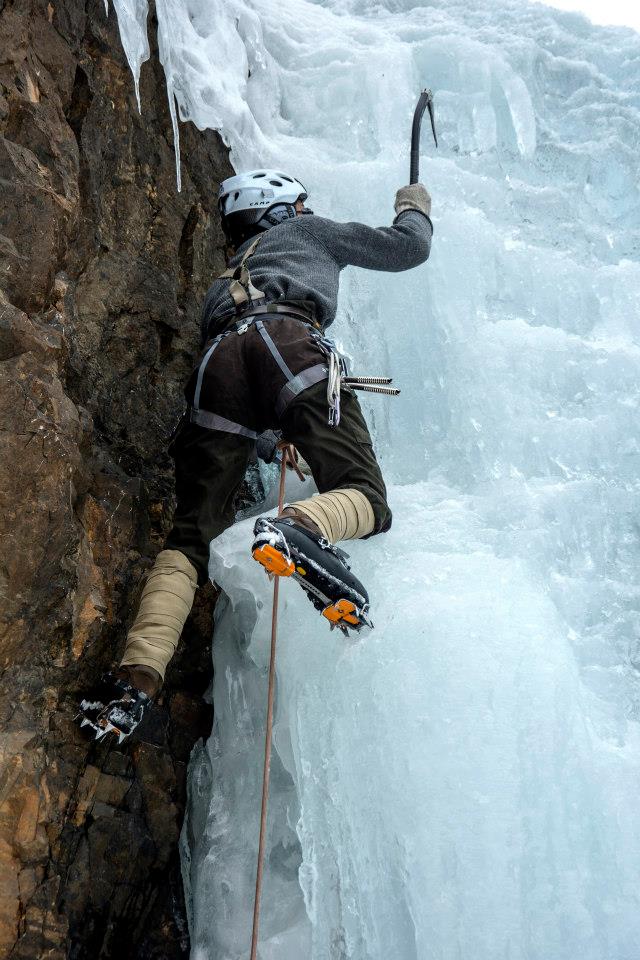 |
| Ice climbing: buttes and bulges |
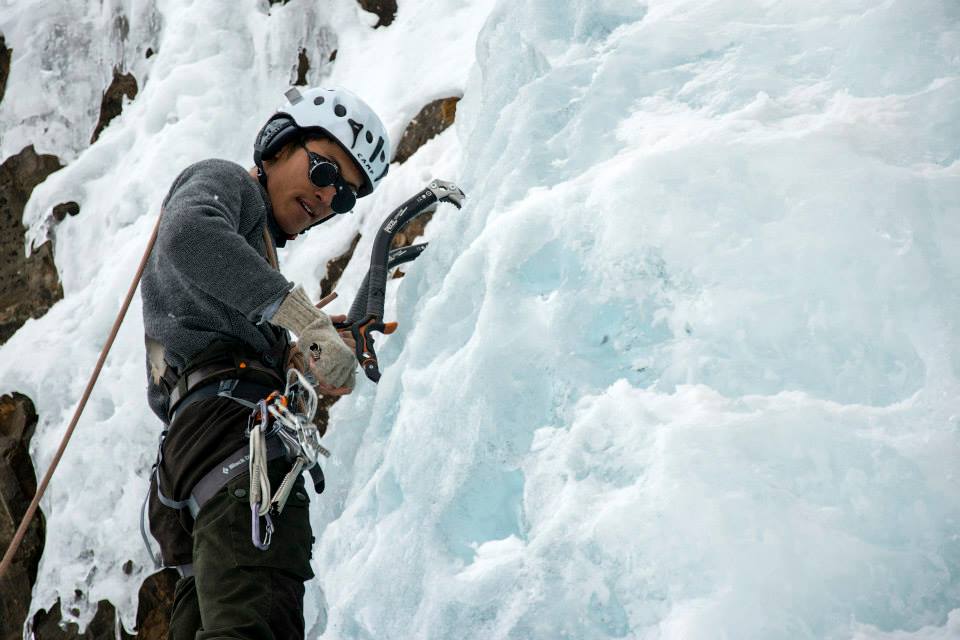 |
| Ice screws are placed into the ice to protect against a fall. |
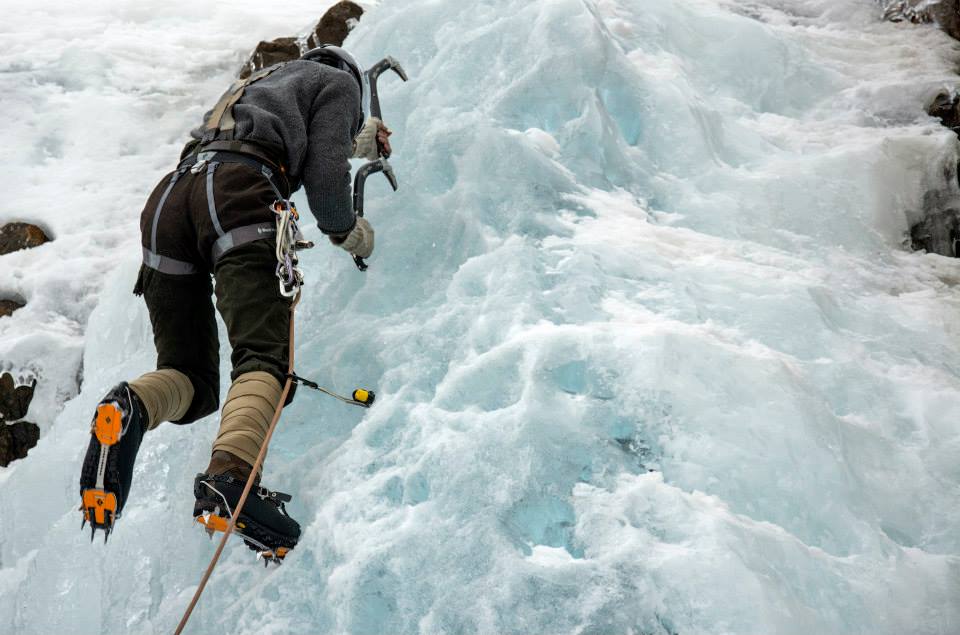
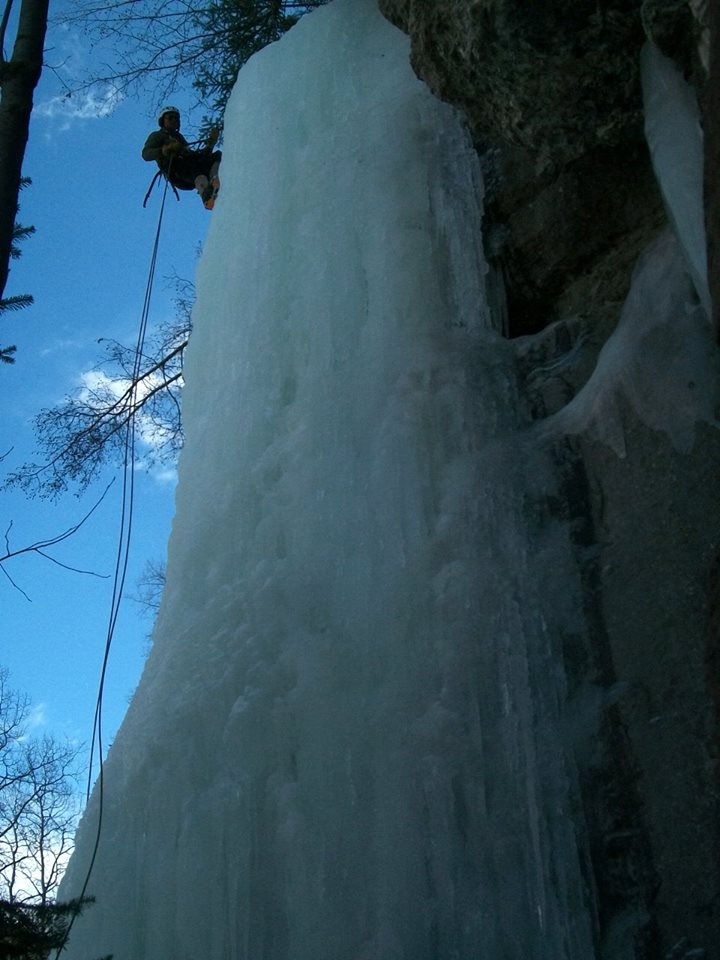 |
| A good end to a day! |
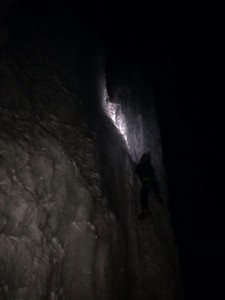 |
| Night climb. Temps around 15* feet stayed warm. Was starting to get cold on belay. |
As of the writing the water proofing is starting to wear off the surface after a dozen day uses, I will probably have to spray them down with silicone as the instructions suggest no oil or wax. Wish they were full grain I could just use the bees wax I normally do.
On top of that, this lace eyelet of the boot should be a metal hook, not some crappy piece of webbing. It makes it impossible really goddamned hard to tie this boot up with gloves on. Huge design flaw in cold weather.
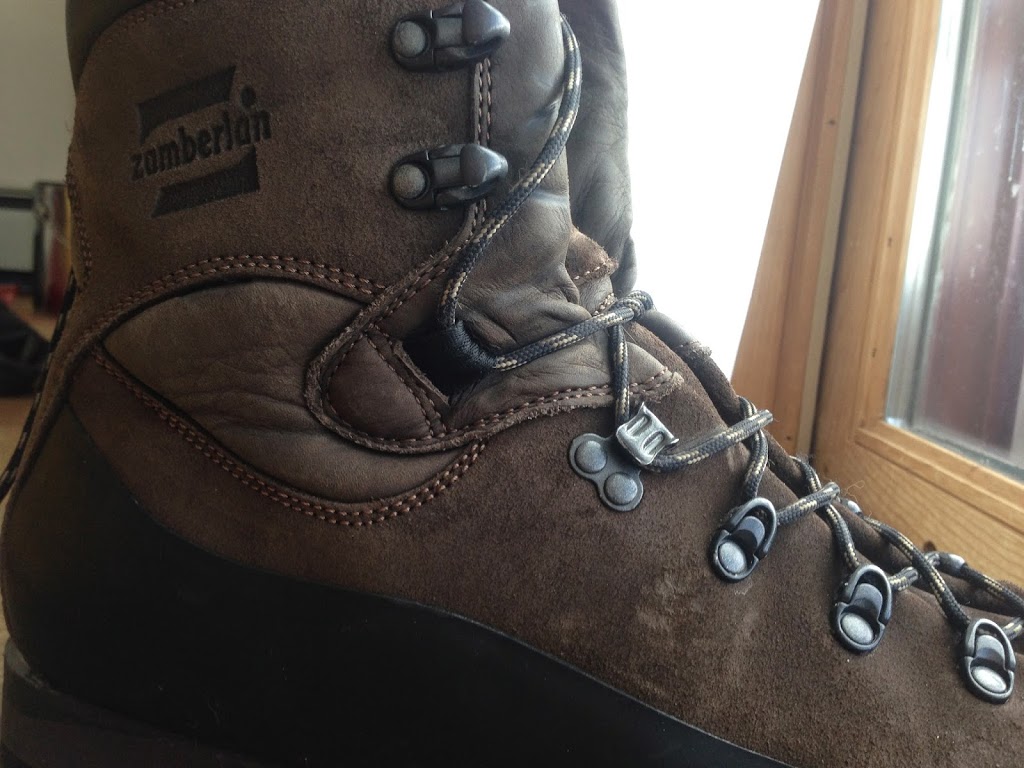
The final major problem I’m noticing is that the back of the boot is not covered by the huge rubber rand like it was for the other boots reviewed. It is an exposed piece of leather with pretty weak stitching. Post holing a few miles the dozen times its been used I’m already noticing some abrasion on the stitching from the ice and snow. A coat of Shoegoo black may be needed in the future.
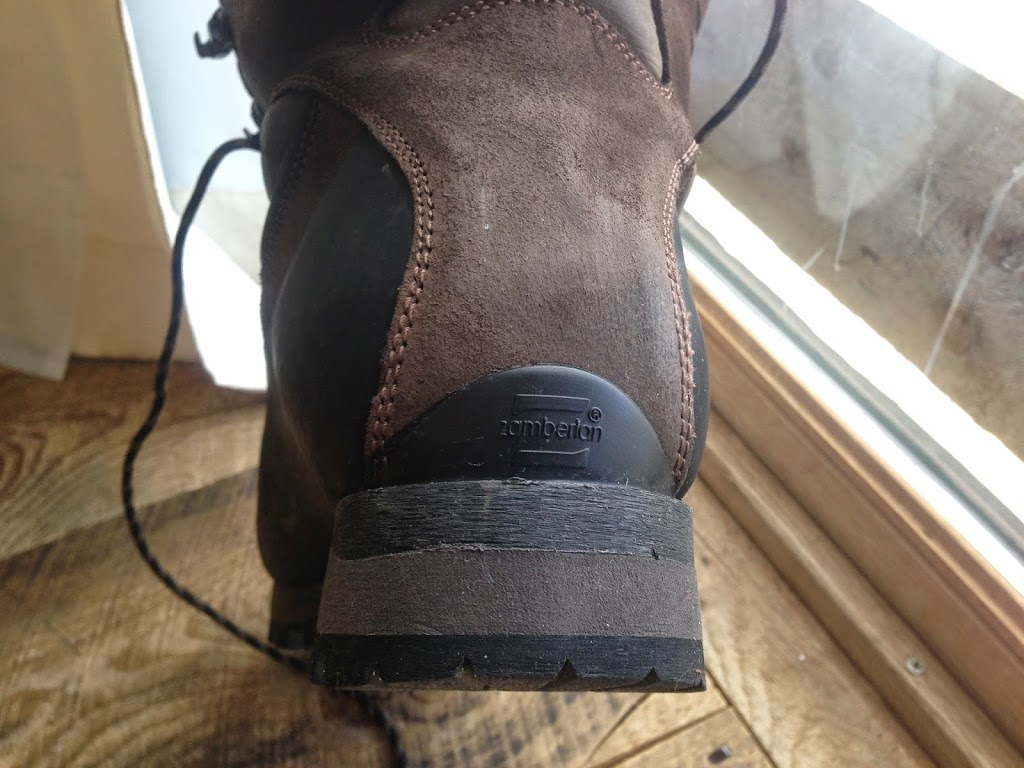
Gif taken from Black Diamonds very informative study on crampon durability.
http://blackdiamondequipment.com/en/qc-lab-gear-doesnt-last-forever–crampons.html




